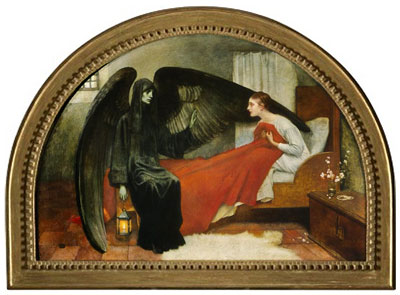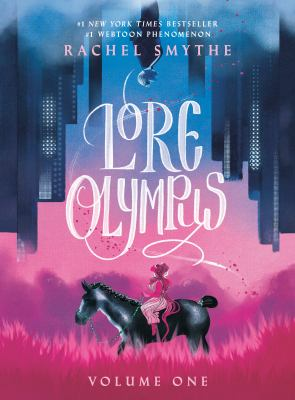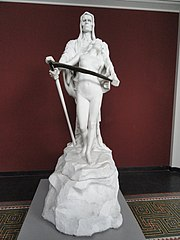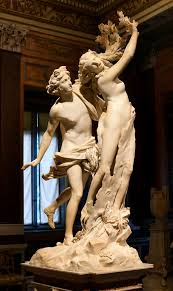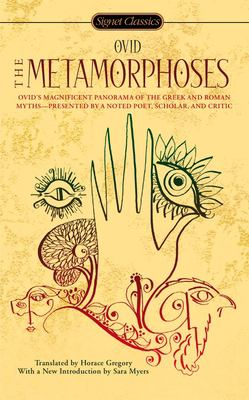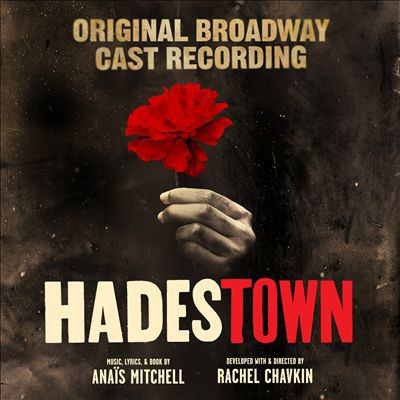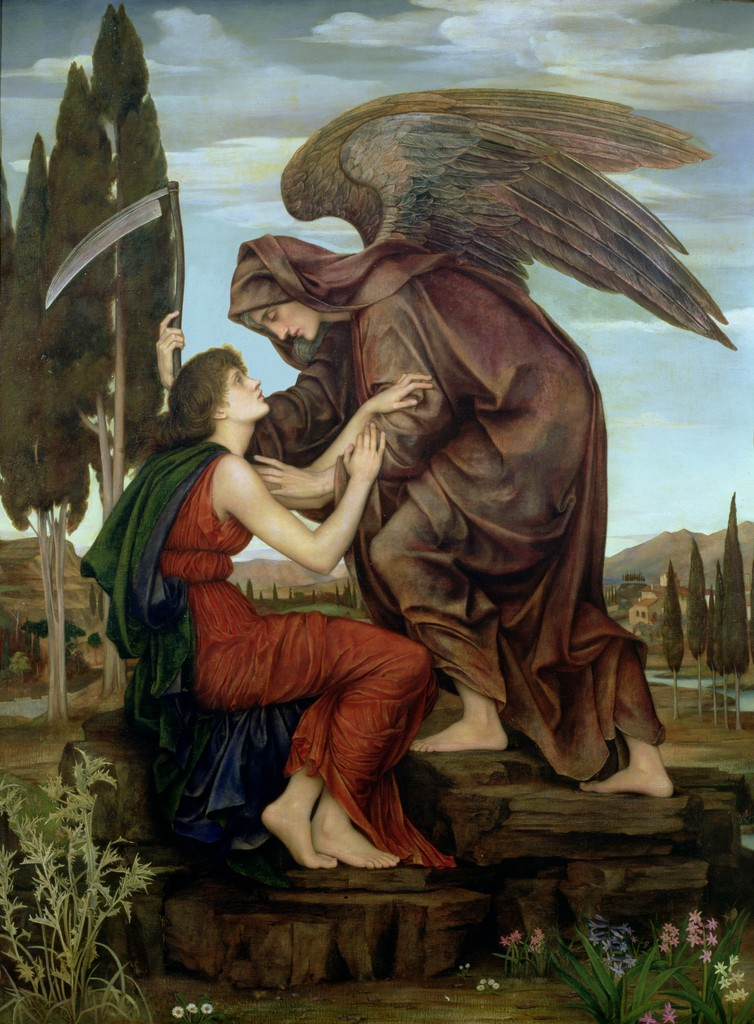I’m a lover of collecting things, from shells to magnets to k-pop albums to plants, and one of those things I like to collect are…tropes and archetypes. The Oxford Learner’s Dictionary defines trope as: “a theme that is important or repeated in literature, films, etc.” while the Collins Dictionary defines archetype as: “a constantly recurring symbol or motif in literature, painting, etc.”
You might be wondering how on earth I can collect something so intangible, but it’s easy. On my personal blog, I have a saved category of these tropes and archetypes that I come across in the form of quotations, literary analyses, art pieces, and more.
One of my favourite of these is Death and The Maiden. That might seem morbid, but personally, I find death personified, especially in contrast or combination with a ‘maiden’ (who is usually, but not always, a young woman grappling with a loss of/reduced power and agency), super compelling. It’s something about the interplay between soulmates (destined) and death (inevitable), of death being merciful and benevolent as much as it is inescapable and fearsome, of the inherent tragedy of death especially when there is also love, of the freedom and power to be found in death, or from death, or because of death…
But it’s not just me! It’s an archetype for a reason and has been for…well. Time immemorial, one might say, but it was certainly a popular motif during the Renaissance and Romantic eras. One of the most familiar, and perhaps one of the oldest, iterations is in the myth of Hades and Persephone, where the Greek God of Death kidnaps and/or seduces the Goddess of Spring into becoming his wife. She only stays with him for six months out of the year, resulting in the seasons of Fall and Winter. Thus, Death and the Maiden also personify growth, change, and adulthood/loss of innocence (as Persephone goes from unwed maiden to married woman).
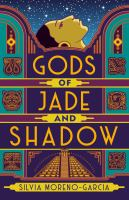
Interested in exploring Death as a romantic character, à la Hades? Then check out Gods of Jade and Shadow by Silvia Moreno-Garcia (wherein the protagonist goes on a quest with the Mayan God of Death), Keturah and Lord Death by Martine Leavitt (wherein Keturah searches for her soulmate while trying to stave off Death, personified as a young lord), Lore Olympus (a webtoon turned graphic novel series based on the Hades and Persephone myth), and Death Takes a Holiday, a 1934 American romantic fantasy-drama film based on a 1929 play of the same name.
One of my most favourite portrayals of Death and the Maiden is in the titular sculpture by Elna Borch (pictured right). Borch was the first female sculptor to be represented in Ny Carlsberg Glyptotek (a famous Denmark art museum), where her sculpture currently resides; she is sadly almost forgotten by all except avid art collectors.
Borch’s sculpture reminds me very much of the Bernini sculpture of Daphne and Apollo (pictured left)—not necessarily in similarity but in juxtaposition to each other. The maiden in Borch’s piece seems to have accepted Death’s embrace and is almost languidly draped against the figure, and is perhaps even directing Death (her hands are laid over Death’s and the scythe, which seems to suggest that she has some amount of agency over, or is in collaboration with, Death).
In contrast, Daphne is fleeing Apollo so desperately that she is transforming into a tree to escape him, every part of her straining away from him. Furthermore, in Borch’s work, Death is a skeletal grim reaper—though with very nice arms, I must admit—while in Bernini’s, ‘Death’ (Apollo) is a handsome godly youth…and yet the former is much less predatory—and therefore frightening—than the latter. In a sense, Bernini’s sculpture is also an illustration of Death and the Maiden; Daphne the maiden dies, and Apollo is (the cause of) her death. If you’re interested in reading more about Daphne’s myth, among others, check out Ovid’s The Metamorphoses, which is all about transformation (hence the title).
My other favourite art piece is The Young Woman and Death (La jeune fille et la mort) by Henri-Léopold Lévy, where Death is an angel, sweeping away a young woman much like a lover would, rather than a skeletal, scythe-bearing grim reaper. Lévy’s painting was originally based on the myth of Orpheus and Eurydice, where Eurydice dies and her bard husband Orpheus travels to the underworld and begs Hades, Greek god of Death, for his wife back. He almost succeeds, which is the tragedy. Check out the Tony and Grammy award winning musical Hadestown over on Hoopla, which retells the tale of Orpheus and Eurydice.
Evelyn De Morgan’s Angel of Death painting is another of my favourite illustrations of this archetype (pictured right). Here, Death is an androgynous, gentle-faced figure, while the maiden seems to be seeking Death’s comfort. Her pose and expression give me the impression that she is exhausted, perhaps suggesting that she will find peace and ease in Death from a difficult life. The gentle layering of their hands, as well as the softness of their eyes, really draws me in.
Death as a sympathetic, comforting, benevolent figure is explored in various works. You can see more of this trope in The Book Thief by Markus Zusak, Hogfather (a delightful movie based on a book of the same name by Terry Pratchett), and Emily Dickinson‘s poem “Because I could not stop for Death”. Here it is in full, for your reading pleasure, via poets.org:
❝ Because I could not stop for Death—
He kindly stopped for me—
The Carriage held but just Ourselves—
And Immortality.
We slowly drove—He knew no haste
And I had put away
My labor and my leisure too,
For His Civility—
We passed the School, where Children strove
At Recess—in the Ring—
We passed the Fields of Gazing Grain—
We passed the Setting Sun—
Or rather—He passed us—
The Dews drew quivering and chill—
For only Gossamer, my Gown—
My Tippet—only Tulle—
We paused before a House that seemed
A Swelling of the Ground—
The Roof was scarcely visible—
The Cornice—in the Ground—
Since then—’tis Centuries—and yet
Feels shorter than the Day
I first surmised the Horses’ Heads
Were toward Eternity— ❞
I had a lot of fun putting this blog post together, and I hope you had a good time reading through it. I might make this a little series, similar to what I did with my Type Talk posts. Maybe…Trope Talks? We shall see. Until next time!
